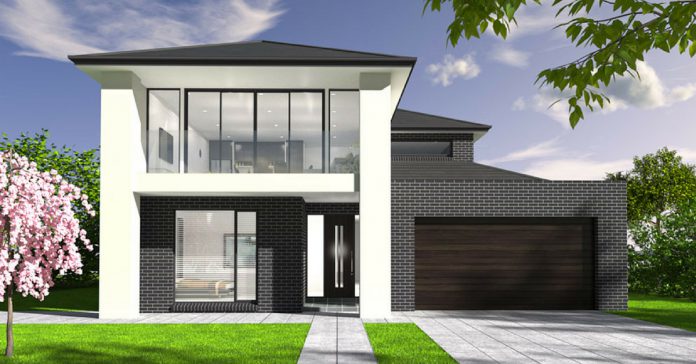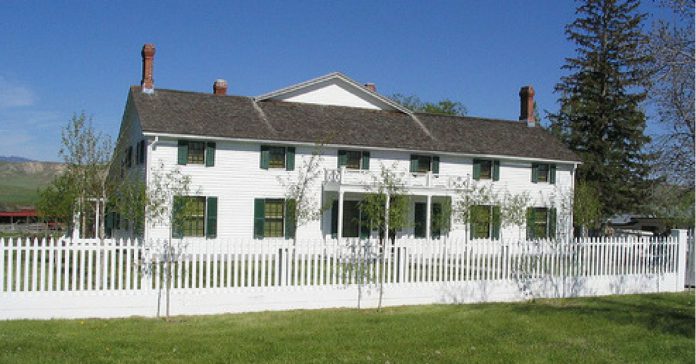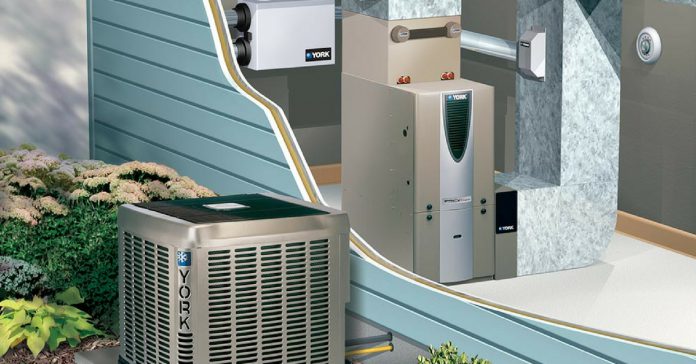
Homeowners with two-story residences can find it challenging to maintain a consistent temperature on both floors. The second floor is often hot in the summer while the ground floor stays chilly during the winter months. Try the following solutions to help manage temperatures in a two-story home.
Upgrade Your Thermostat
When you can’t keep both floors at the same temperature, your thermostat may be the culprit. Older thermostats with a single zone can’t control different temperatures in the house. Also, check the location of the thermostat to ensure drafts or intense sunlight isn’t affecting the system.
Add a zone to your thermostat or install an additional thermostat on the second floor. Programmable thermostats offer multiple zones to customize heating and cooling needs for each level of your home. You can program different temperatures at various times of the day to save money, too.

Keep the Air Circulating
Since heat rises, the top floor gets extra heat in the winter while your air conditioner may not be able to cool off the lower floor during the summer. To combat this issue, use ceiling fans to keep the air circulating throughout the house.
If you have an attic where hot air collects, you can install an attic fan to help keep the house cool. Leaving the furnace or air conditioner fan on can also keep air moving through the house and help maintain a constant temperature on all floors.
Insulate Your Home
Air naturally moves through your home’s windows and doors. Upgrade the insulation in the roof and the walls to keep cold or hot air from seeping into your house. Drafty windows can be responsible for up to 30 percent of your home’s energy use. If you feel air coming through your windows, consider installing energy-efficient insulated windows.
Close Off Unused Rooms
If you have guest rooms or other spaces you don’t use every day, close the heating and air conditioning ducts. By sealing off extra rooms, you can distribute more heat or air conditioning to the areas of the house you use regularly.
Replace the HVAC System
If other solutions don’t help, you may need new equipment to manage the temperature in your two-story house. If you’re running an older, inefficient heating and cooling system, it may be time for an upgrade. Although you incur an upfront cost, energy-efficient HVAC equipment can save money over time.
Energy Star ratings can help you choose the best option for the size and layout of your home. Older homes may not accommodate conventional forced hot air systems. Other options include ductless or mini-split systems that use smaller tubes and vents to help maintain an even temperature on all levels of your home. You can also add a hydronic system which runs hot and cold water through pipes in the floors and ceilings.

Try less expensive solutions first to see if you can manage your home’s temperature with your home’s existing HVAC system. Simple fixes such as adding fans, insulating your home, or adding a smart thermostat may be all you need to maintain a comfortable temperature on every floor.






















